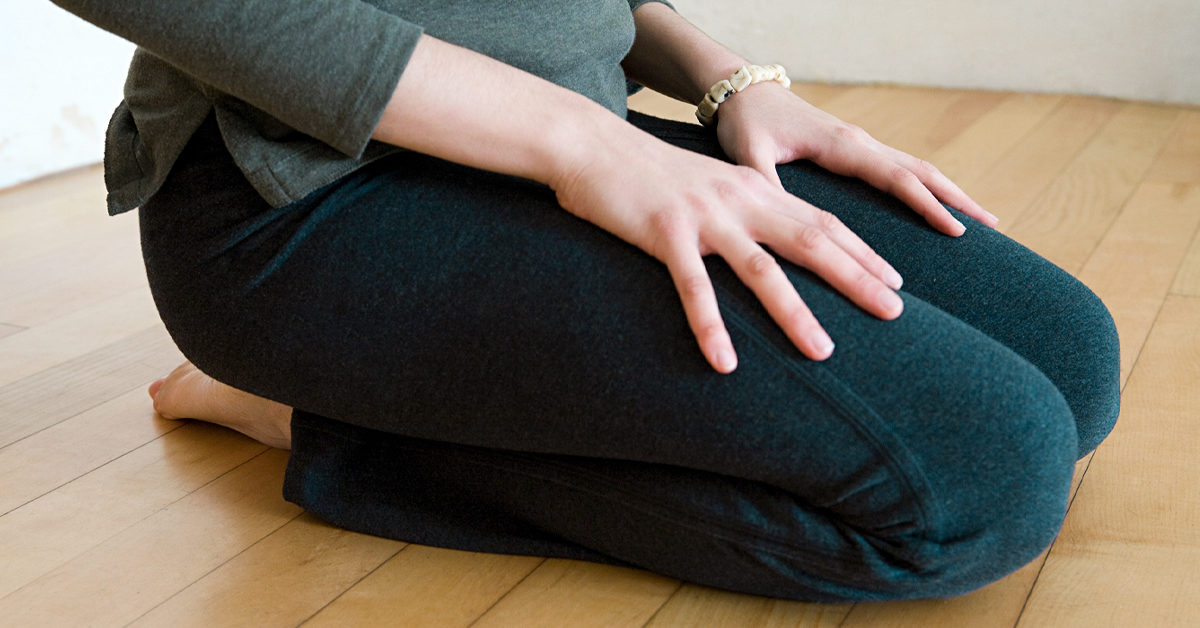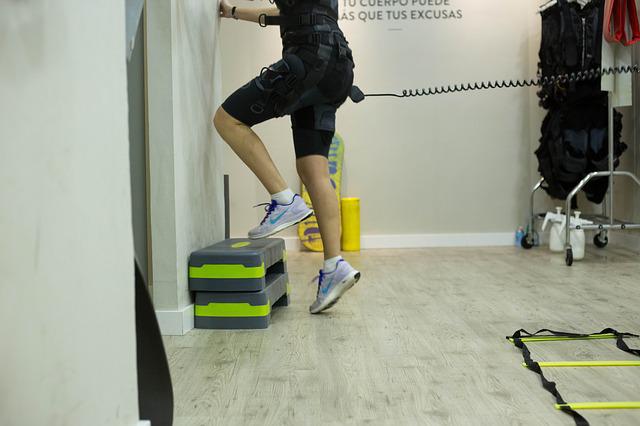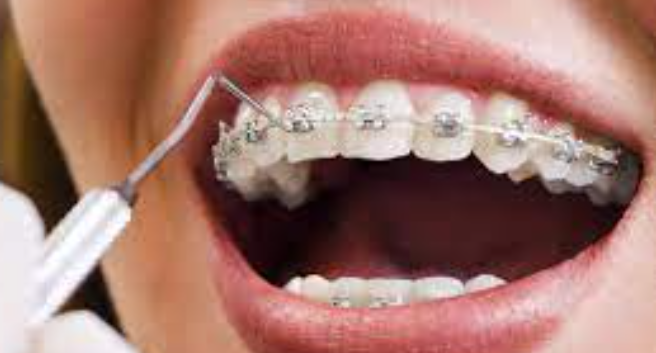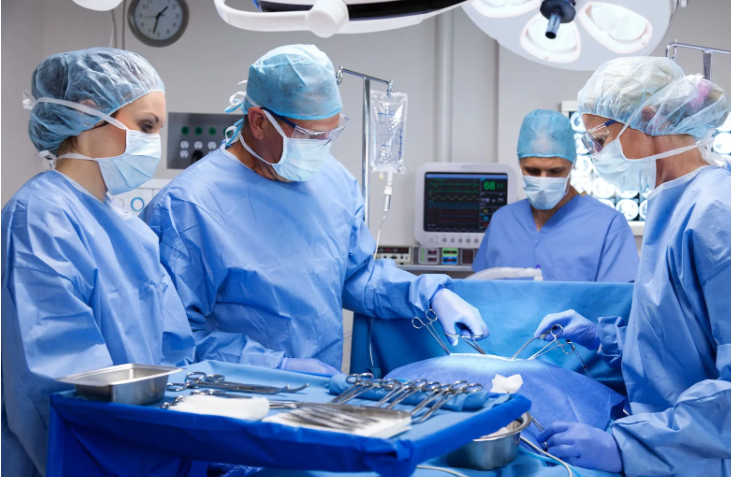Knee Arthritis: Overview
Knee arthritis is a severe and painful knee joint disease that may worsen with age. The common type of knee arthritis is knee osteoarthritis which may occur in one or both knees. Remember that arthritis can happen in any joint of your body. However, it most commonly occurs in the knees. Remember that people of all ages can get arthritis. However, people older than 50 years of age are at a high risk of arthritis, including knee arthritis. Moreover, women have more chances of knee arthritis compared to men.
It is estimated that over 50 million adults have arthritis. However, it is unclear how many people are suffering from knee arthritis. There are different causes causing knee arthritis. This article is a detailed account of the common causes of knee arthritis. As well as this, we have also discussed the common symptoms of knee arthritis. The article will be concluded with the preventive measures to control the chances of knee arthritis.
Knee Arthritis: Common Causes
The most common cause of knee arthritis is age. However, the exact cause of developing knee arthritis is still unclear. However, experts revealed some risk factors contributing to the development of knee arthritis.
Age: Older people are at a high risk of knee arthritis than younger ones. Actually, the healing ability of cartilages decreases as you get older.
Weight: Being obese is another risk factor that contributes to the development of knee arthritis. In fact, weight increases pressure on all joints, especially on the knee joints, contributing to knee arthritis.
Heredity: Genetic mutation is another leading cause of osteoarthritis of the knees. The inherited abnormalities in the bones surrounding the knee joint may also become the reason for developing knee arthritis.
Gender: Women aged 50 or above are at a high risk of knee arthritis compared to men.
Bone Anomalies: People with naturally crooked bones or joints are also at a high risk of knee arthritis.
Athletic Activities: Athletes involved in high-contact sports, including soccer, tennis, or long-distance running, are also at a high risk of developing knee arthritis.
Repetitive Stress Injuries: Repetitive stress injuries may also cause knee arthritis. People involving occupations requiring repetitive movements of the knees, such as squatting, kneeling, and lifting heavy weights, are more likely to develop knee arthritis because these conditions put constant pressure on the knee joints.
Other Illness: People with rheumatoid arthritis are more likely to develop osteoarthritis. As well as this, people with other metabolic disorders, including excessive hormonal growth or overloaded iron, are also at a high risk of knee arthritis.
Knee Arthritis: Common Symptoms
The following are the common symptoms resulting from the knee arthritis:
1. Gradual increase in knee pain
Pain from arthritis usually starts slowly. However, it increases in some cases. At first, you may feel pain in the morning and after a long inactive period. However, the knee pain may hurt you when you climb stairs and stand up from a sitting position. As well as this, walking on a flat surface or sitting for a long time may also cause knee pain. Moreover, cold weather, stress, and excessive activities can worsen knee pain.
2. Tenderness and swelling
Knee arthritis sometimes may also cause inflammation. You may feel hard swelling due to the formation of bone spurs; however, soft swelling occurs as inflammation causes extra fluid to accumulate around the knee joints.
3. Locking or buckling
Over time, a damaged knee joint may also cause structural instability in the knee joint. The condition may result in locking or buckling. As well as this, when the cartilages erode, and the bones rub together, they may develop bone spurs.
4. Popping or cracking sound
When you straighten or bend your knees, you may feel a popping or cracking sound with a grinding sensation. Doctors call the condition crepitus. The condition happens when the cartilages that help smooth the range of motion are lost.
5. Poor range of motion
The changes in the cartilages or bones resulting from osteoarthritis of the knee may make it hard for your knee joints to move properly or smoothly. You may feel it hard to move your knees while walking, standing up, or carrying out everyday activities.
6. Knee deformity
You may feel significant changes in the knee structure when damage is progressed. You may experience a range of deformities from barely noticeable to deliberating and severe.
Knee Arthritis: Treatment Plans
Depending upon your conditions, knee arthritis can be treated with the conservative measures, medications, and surgery:
Conservative measures
The conservative measures to treat knee arthritis include exercising, applying heat or ice to the affected areas, and wearing knee support braces. You need to start performing exercises under the instructions of your healthcare advisors or professional trainers. As well as this, you should know the right time to apply ice or heat. Moreover, ensure choosing the right knee support braces for arthritis to maximise benefits.
Mediations
Pain relievers and anti-inflammatory drugs help relieve pain and other symptoms of knee arthritis. As well as this, injecting corticosteroid injections also helps treat certain symptoms of knee arthritis. Ensure that you take medications under the prescribed amount suggested by your healthcare professionals. Remember that overdosage can leave side effects.
Surgery
When conservative measures and medications do not respond for a certain period, your healthcare provider will suggest surgical treatments to treat knee arthritis.
How Knee Braces Work with Knee Arthritis
Experts suggest wearing a knee support brace as it helps reduce pain and other symptoms of knee arthritis. For example, wearing a knee support brace helps take pressure off the most affected parts of the knee joints resulting from osteoarthritis, helping relieve pain. As well as this, wearing a knee support brace also enables you to stand and move around confidently when your knee feels buckling while putting weight on it.
Buy the Best Knee Braces Knee arthritis is one of the common causes of knee pain resulting from high-contact athletic activities or occupations with repetitive knee movements. Usually, knee arthritis may result in pain, swelling, popping sound, buckling, and more. A knee brace helps support your knees and relieve pain and other symptoms. There are several types of knee braces used to help with knee arthritis. It is advisable to consult your healthcare professionals or trainers to choose the right knee braces. We invite you to visit 360 relief, where you can find a wide range of knee support braces to help manage knee arthritis symptoms







